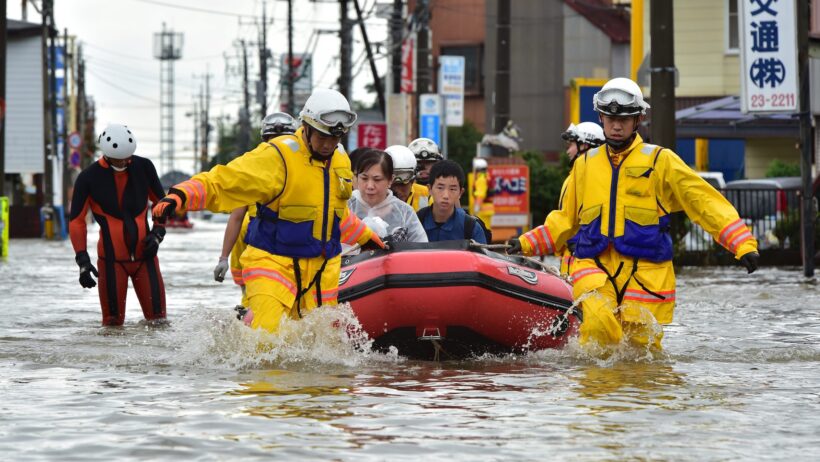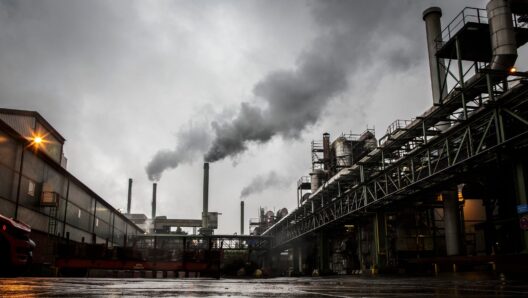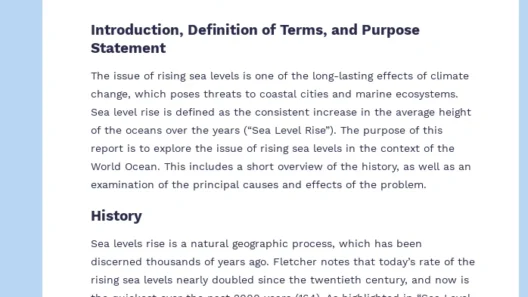Are sea levels on the rise? This question might evoke curiosity, apprehension, or perhaps a hint of skepticism. With global temperatures on the rise, linked inexorably to climate change, one cannot help but wonder: what exactly is happening to our oceans? Will we witness landscapes we know and love disappearing beneath the waves? This article is dedicated to uncovering the truth behind the shifting tides and assessing the implications of rising sea levels.
Understanding the Phenomenon of Sea Level Rise
Sea level rise is not merely a local issue but a global concern that directly influences the destinies of coastal communities around the world. Fundamentally, sea level is the average height of the ocean’s surface, serving as a vital reference point for measuring changes over time. The prevailing factors contributing to rising sea levels are mainly thermal expansion and the melting of polar ice sheets.
Thermal expansion occurs when water heats up and subsequently occupies more volume, an inevitable consequence of our warming planet. As greenhouse gases trap heat in the atmosphere, ocean temperatures gradually increase, leading to this expansion. Furthermore, the melting of glaciers and ice caps, particularly in Antarctica and Greenland, releases vast amounts of freshwater into the oceans, exacerbating the rise.
The acceleration of these processes is alarming. For instance, satellite measurements indicate that global sea levels have risen by approximately 8 to 9 inches since the late 19th century. But as climate change accelerates, projections suggest that we may witness a rise of an additional 1 to 4 feet by the end of the century. What kind of world are we preparing for if this trajectory continues?
The Consequences: Who Stands to Lose?
The implications of rising sea levels are profound and multifaceted. Coastal cities, home to millions, face existential threats as their properties become increasingly vulnerable to flooding and erosion. Low-lying nations, particularly island nations like the Maldives and Tuvalu, are at increased risk of becoming submerged, forcing entire populations to contemplate resettlement. Imagine entire cultures dissolving into the ether—an unfathomable thought!
Moreover, the encroachment of seawater into freshwater aquifers poses a dire challenge for drinking water supplies. As saltwater contaminates these vital sources, agricultural productivity may decline, further complicating food security issues for vulnerable regions. The economy, too, faces repercussions; tourism, fisheries, and real estate markets are all in the crosshairs of this ever-looming threat. Yet, some may pose the question: is there a workable solution or respite from this impending doom?
Responses: Curating Adaptive Strategies
As daunting as the challenge may appear, humanity has continuously demonstrated resilience. There are methods being explored to mitigate the effects of rising sea levels, including coastal engineering and conservation initiatives. One proposed adaptation is the construction of surge barriers and levees designed to protect vulnerable areas from flooding. Cities such as New Orleans and Rotterdam have begun implementing sophisticated water management systems that could offer other regions a blueprint for effective adaptation.
Additionally, restoring natural barriers like mangroves, wetlands, and coral reefs presents an innovative approach. These ecosystems act as buffers against storm surges while also sequestering carbon—killing two birds with one stone. Enhancing green belts and prioritizing sustainable urban planning can empower communities to coexist harmoniously with their aquatic surroundings. The question remains, however: are we prepared to invest in these sustainable futures, or will we remain passive observers as our coastlines erode?
Beyond Adaptation: The Imperative of Mitigating Climate Change
The most effective solution to the rising sea levels lies not just in adaptation but in concerted global efforts to combat climate change at its root. Reducing carbon emissions through renewable energy sources, energy efficiency, and sustainable agricultural practices is imperative. Transitioning towards electric vehicles and investing in public transportation systems also plays a crucial role. Every action taken today has the potential to ward off the direst consequences of climate change—and perhaps stave off the rising tides.
Participating in collective advocacy for robust climate policies and supporting local and global initiatives can catalyze change. Engaging communities, fostering awareness, and igniting the crucial conversations around climate action are equally vital. To invoke a playful challenge, can we shift our narratives from one of despair to one of hope and action? Are we prepared to rally for a world where rising sea levels do not dictate our destinies?
Conclusion: The Urgency of the Hour
The factors propelling the rise of sea levels are both complex and alarming, affecting vast swaths of our planet. Now more than ever, individuals and communities must recognize the urgency with which we approach these challenges. Through informed action, innovative solutions, and a global commitment to sustainability, we can forge a future where both humans and nature coexist resiliently in the face of climate change. Will you join the journey towards a more sustainable tomorrow?







